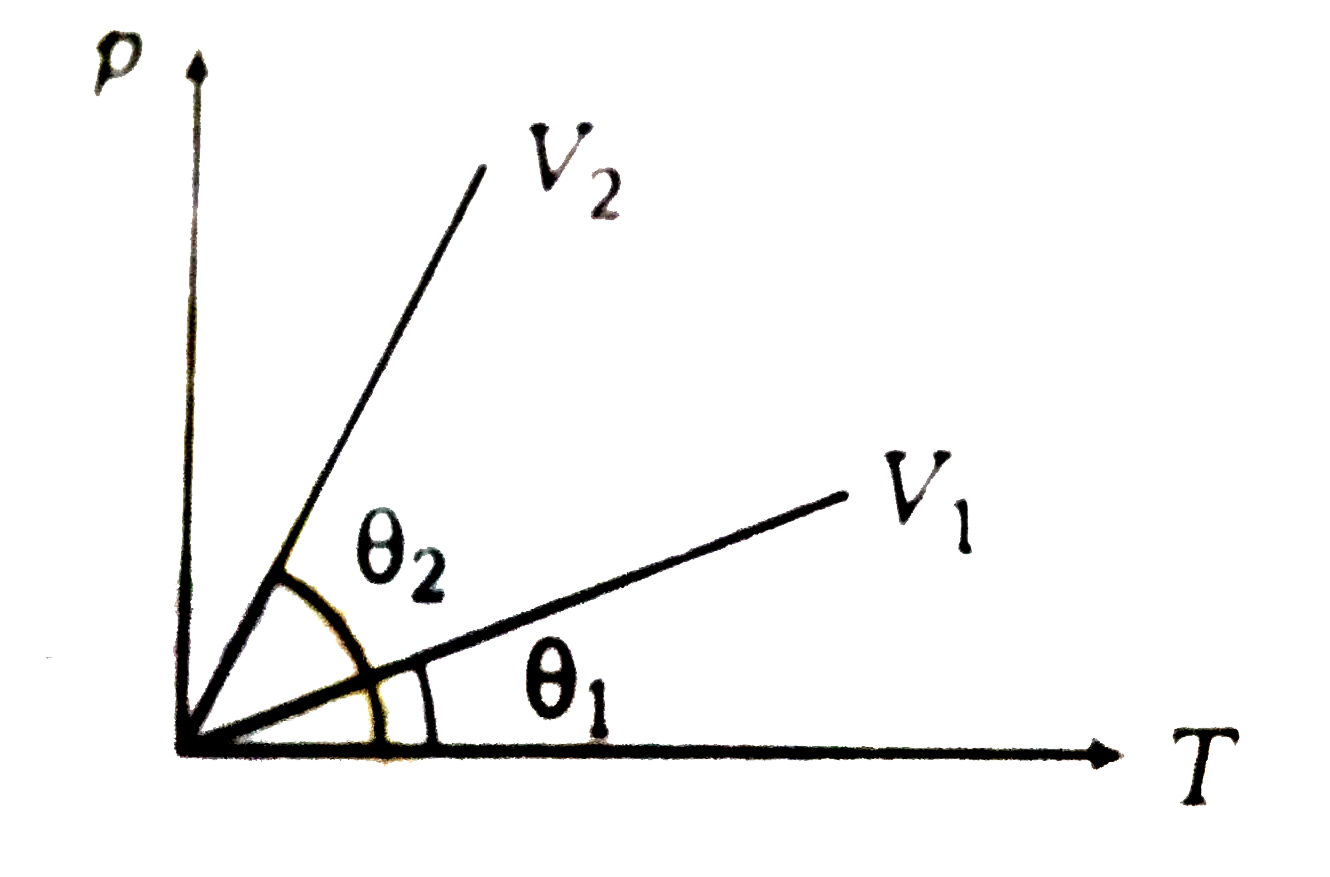What is de Broglie hypothesis? What conclusion can be drawn from Davisson and Germer’s experiment?
Step-by-Step Text Solution
Step 1: Understanding the de Broglie Hypothesis
- The de Broglie Hypothesis, proposed by Louis de Broglie in 1924, states that all matter exhibits both particle and wave characteristics. This dual nature is significant in quantum mechanics and suggests that particles such as electrons can behave like waves under certain conditions.
Step 2: Explanation of the Dual Nature of Matter
- According to de Broglie, every moving particle or object has an associated wavelength, known as the de Broglie wavelength. The formula for calculating this wavelength (λ) is given by:
λ=hmv
where:
- h is Planck's constant (6.626×10−34Js),
- m is the mass of the particle,
- v is the velocity of the particle.
Step 3: Davisson and Germer's Experiment
- The Davisson and Germer experiment, conducted in 1927, involved firing electrons at a nickel crystal and observing the resulting diffraction pattern. This experiment was crucial in demonstrating the wave nature of electrons.
Step 4: Conclusion from the Experiment
- The key conclusion drawn from the Davisson and Germer experiment is that electrons exhibit wave-like behavior. The diffraction pattern observed was consistent with the predictions made by de Broglie's hypothesis, confirming that electrons can behave as waves under certain conditions.
Step 5: Relation to de Broglie Wavelength
- The experiment also allowed the researchers to calculate the wavelength of the electrons, which matched the de Broglie wavelength calculated using the formula mentioned earlier. This provided strong evidence for the dual nature of matter.
- The de Broglie Hypothesis, proposed by Louis de Broglie in 1924, states that all matter exhibits both particle and wave characteristics. This dual nature is significant in quantum mechanics and suggests that particles such as electrons can behave like waves under certain conditions.
- According to de Broglie, every moving particle or object has an associated wavelength, known as the de Broglie wavelength. The formula for calculating this wavelength (λ) is given by:
λ=hmv
where:
- h is Planck's constant (6.626×10−34Js),
- m is the mass of the particle,
- v is the velocity of the particle.
- The Davisson and Germer experiment, conducted in 1927, involved firing electrons at a nickel crystal and observing the resulting diffraction pattern. This experiment was crucial in demonstrating the wave nature of electrons.
- The key conclusion drawn from the Davisson and Germer experiment is that electrons exhibit wave-like behavior. The diffraction pattern observed was consistent with the predictions made by de Broglie's hypothesis, confirming that electrons can behave as waves under certain conditions.
- The experiment also allowed the researchers to calculate the wavelength of the electrons, which matched the de Broglie wavelength calculated using the formula mentioned earlier. This provided strong evidence for the dual nature of matter.
Topper's Solved these Questions
Similar Questions
Knowledge Check
A conclusion drawn from the passage is that:
Afear of failure removes complacency in a person.Bfear of failure is necessary for one to value success.Cfailure is the growth factor as one learns from it and grows.Dthe loss of faith and hope is believed to arise from failure
State de-Broglie hypothesis.
View SolutionWhat is Induced fit hypothesis ?
View SolutionFrom the p-T graph what conclusion can be drawn?

View SolutionWhat is lock and key hypothesis ?
View SolutionWhich of the following conclusions can be drawn from the girdling experiment?
View SolutionWrong statement in connection with Davisson-Germer experiment is
View SolutionState two important conclusions that can be drawn from Millikan.s oil drop experiment to determine the charge of an electron.
View Solution
